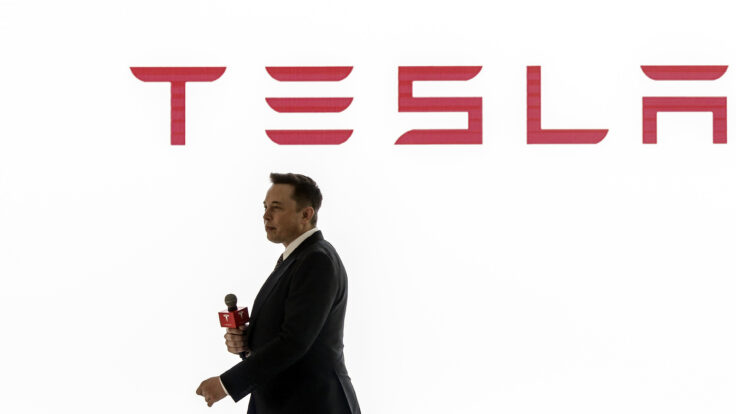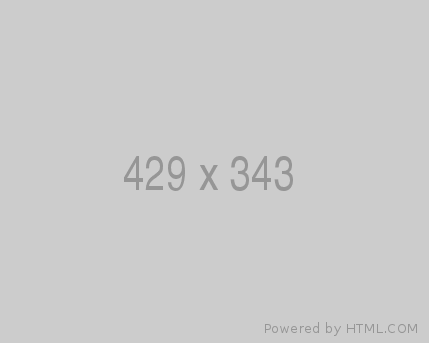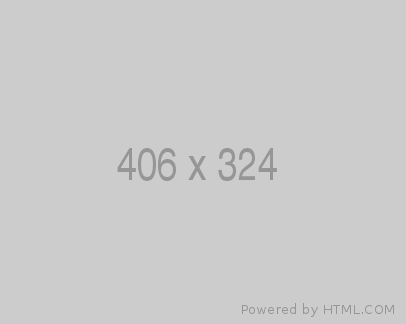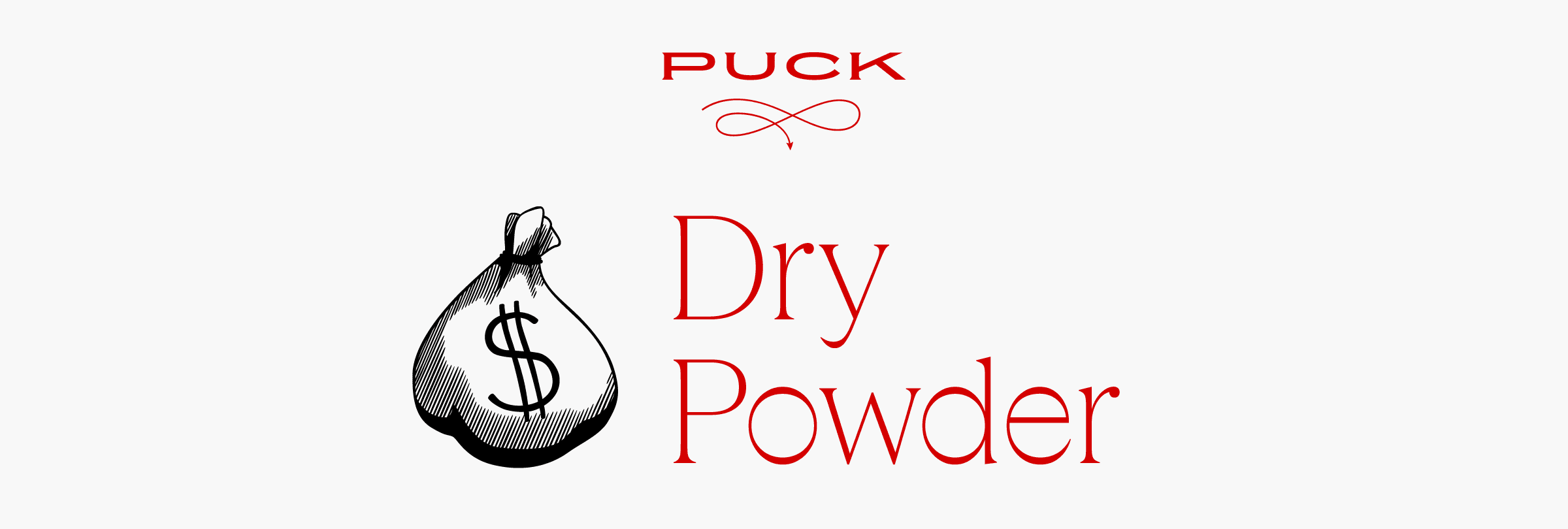 |
 |
|
Welcome back to Dry Powder, I’m Bill Cohan.
Tonight, an inside look at the creative plan hatched by billionaire hedge fund managers John Paulson and Carl Icahn and the Bausch Health board to help themselves by distributing the company’s 88 percent stake in Bausch & Lomb (perhaps Bausch Health’s only valuable asset) to stockholders as a dividend. Needless to say, the company’s anxious creditors, who are owed $16 billion and fear bankruptcy, are not the least bit happy with the scheme and have enlisted Paul Weiss to intervene.
But first… a note from Park Avenue…
- Jamie’s empire state: It was a delight to see the venerable Jamie Dimon address the Economic Club of New York on Tuesday—his first such appearance at the club in five years. The conversation, moderated by Marie-Josée Kravis, wife of Henry (of KKR fame), covered mostly familiar ground. Jamie, being Jamie, made all the usual pronouncements about the looming dangers in the world—China, the Mideast, Russia-Ukraine, cyberthreats, artificial intelligence. Not for the first time, he referred to Bitcoin as a “pet rock.” Asked about whether he’d be interested in public office, he tried to deflect the question but agreed that he’s “always said I’d like to be president but you’d have to anoint me.”
Anyway, I was most captivated by Jamie’s commentary at the end of the conversation, particularly when the topic turned to JPMorgan’s new, nearly complete, $3 billion headquarters at 270 Park Avenue. Besides having parks, or plazas, on both the east and west sides of the building, and an abundance of “green features,” Dimon’s HQ will also possess the “highest occupied floor in the city,” he said, which might well be where his office is located. “You’re gonna be able to walk around 360 degrees and see the whole city,” he said, and then promised to invite everyone in the audience up for a cocktail party when the building is completed next year.
Dimon also said he personally authorized the $50 million to $75 million cost to light up the top 300 feet of the new structure. He said he could put peoples’ faces up there, or a digital version of the American flag—“I’m very patriotic,” he said—or use it for advertising. “That’s going to be worth $100 million a year in advertising,” he said. “That’s going to be something special for the city and, obviously, for us.”
|
 |
| The Gospel of Paulson |
| The former Valiant Pharmaceuticals is considering a controversial scheme to transform its best asset into a juicy dividend for its biggest shareholders, John Paulson and Brett Icahn. The company’s anxious creditors, who are owed $16 billion, have called on Wall Street’s toughest lawyers to intervene. |
|
|
|
| Allow us to recall the Valeant Pharmaceuticals roller coaster, a fable of a onetime Wall Street darling that fell to earth and cost our friend Bill Ackman $4 billion in losses. That massive haircut for Ackman at Valeant came soon after another $1 billion loss at Herbalife, a one-two punch that might have ended a lesser hedge fund manager. But Bill is nothing if not resilient, and he more than recovered from those losses, even finding time to focus on other topics—campus politics, libel law, etcetera—besides investing.
Since its (less than) glory days under Ackman’s watch last decade, Valeant has become two intertwined, publicly traded Canadian companies: Bausch Health, a pharmaceutical company; and Bausch & Lomb, the contact lens and eyewear company. Bausch Health, with a market value these days of around $3.1 billion, has 10 board members—one of whom is Brett Icahn, the son of Ackman nemesis Carl Icahn. The board chairman is John Paulson, the billionaire hedge fund manager who made a killing during the 2008 financial crisis by betting correctly that the market for mortgage-backed securities would collapse.
Not that it matters, because he is so rich, but Paulson has had a pretty sideways run for the last 15 years or so at his own hedge fund. Meanwhile, he has emerged as one of Donald Trump’s largest financial backers. As my partner Teddy Schleifer reported, Paulson held at least one blockbuster fundraiser for Trump at his Palm Beach mansion. That event, earlier this month, raised a stunning $50.5 million for the candidate. A few weeks prior, Trump floated Paulson’s name as a potential Treasury secretary.
Paulson’s stint helping govern Bausch Health appears to be proceeding less successfully. Indeed, the company has continued to struggle since the Ackman days for a variety of reasons, but largely because of its debt. Bausch Health has $16 billion of debt—a combination of secured and unsecured bank debt and bonds, most of which is trading at a severe discount of between 40 cents and 60 cents on the dollar, depending on the security and the maturity. That’s a sign that investors are worried that Bausch Health won’t be able to pay its debts as they become due, and might even file for bankruptcy. The credit-rating agencies, which seem to agree, have rated the Bausch Health debt deep into junk territory. Meanwhile, the EBITDA for the last 12 months is around $2.4 billion, giving the company a very challenging leverage burden of nearly 7x.
Normally, debt trading at such a big discount would drive a stock downward. (This is not investment advice.) And although the stock is down 65 percent in the past five years, it has probably been propped up artificially (more on that below). In fact, the stock is up about 13 percent this year. Indeed, Bausch Health happens to own at least one valuable asset: its 88 percent stake in Bausch & Lomb, which is worth some $4.6 billion, or roughly 50 percent more than all of the equity of Bausch Health.
|
|
A MESSAGE FROM OUR SPONSOR
|
 |
| bp added more than $130 billion to the US economy over the past two years. We did it by making investments from coast to coast – like acquiring America’s largest biogas producer, Archaea Energy, and delivering a new oil & gas platform in the Gulf of Mexico.
bp’s US workforce – our largest in the world – is keeping oil & gas flowing and developing more lower carbon energy. It’s our “and, not or” approach at work. See how doing both drives our investment in America.
|
|
|
|
|
| At the moment, the board of Bausch Health is proposing a creative plan to distribute its shares in Bausch & Lomb to its shareholders as a stock dividend. Icahn’s hedge fund is the largest shareholder of Bausch Health, with a 9.5 percent stake. GoldenTree Asset Management, another hedge fund investor, owns 7.5 percent, and Paulson owns 7.2 percent as the third-largest shareholder. Paulson’s stake, worth around $220 million, would entitle him to receive Bausch & Lomb stock worth another $325 million. Icahn would receive some $425 million in stock.
It certainly makes sense from a shareholder perspective that the board would try to pull this off. After all, given the $16 billion of debt, much of which is trading at a serious discount, bankruptcy seems as likely as any other scenario here, especially since I’m told the EBITDA may be heading down from $2.4 billion. Why not try to grab the valuable, shiny object—Bausch & Lomb—and distribute it to Bausch Health shareholders as soon as possible, taking for themselves something that might well be considered an asset of the entire company, creditors and shareholders alike?
The problem, as you would expect, is that the Bausch Health creditors are not happy in the least about the proposed scenario. A group of creditors, who hold more than $6 billion of Bausch Health debt, has enlisted Paul Weiss, the powerful Wall Street law firm, to register their serious objections to the stock distribution proposal. After all, it would deprive the creditors of the company’s most valuable asset, which may be the best way to get back the money they lent to Bausch Health.
Last August, in its quarterly earnings release, Bausch Health revealed its “intention,” according to a Paul Weiss letter to the board of directors, to distribute “at least 80 percent” of the common shares of Bausch & Lomb for “no consideration,” via a tax-free distribution of the stock. An earlier proposal by the company would have brought the idea before a Canadian court for its blessing, giving the creditors a chance to object. But the new proposal, if it were to be enacted, would likely deprive creditors of a say before it happens. As the Paul Weiss lawyers wrote, “Any such Distribution would divest the Company of its most valuable asset, leaving [Bausch Health] with assets that are worth considerably less than the aggregate of its liabilities, with inadequate capital, and without the ability to pay its debts as they become due.” That last phrase, by the way, is Wall Street politesse for bankruptcy.
Certainly, if Bausch Health were to file for bankruptcy following the distribution of the Bausch & Lomb stock, there would be hell to pay, including a possible rescission of the stock dividend, a large payment to creditors, or both. The Paul Weiss letter asserts that because the Bausch Health bonds are already trading at distressed levels, and because the value of the Bausch & Lomb stock is already roughly 50 percent more than the entire equity value of Bausch Health, that the Bausch Health “securities reflect the stark reality of the Company’s insolvency even before the Distribution.” (Paul Weiss’ emphasis, not my own.) The lawyers continued, “Any Distribution by [Bausch Health] under these circumstances would be manifestly improper.” (Kevin Wiggins, a spokesman for Bausch Health, did not respond to requests for comment.)
The Paul Weiss lawyers went on, asserting that the board “cannot narrowly serve the interests of the aggressive shareholders driving this transaction, who seek to plunder the Company’s assets and profit from the proposed illicit Distribution at the expense of the other stakeholders and indeed, at the expense of the Company itself.” If the distribution occurs, Paul Weiss wrote, board members would be held “personally liable” for “its consequences.” (I’m told the company’s attorneys gave a perfunctory response to Paul Weiss.)
|
|
|
|
|
| Despite the obvious risks to effecting such a distribution to its shareholders, at the expense of its creditors, Bausch Health continues to pursue the distribution. According to its latest filing with the Securities and Exchange Commission, from April 4, “We continue to believe that [Bausch & Lomb separation], which includes a transfer of all or a portion of our remaining direct or indirect equity interest in [Bausch & Lomb] to our shareholders, makes strategic sense,” although it noted that its completion is still subject to shareholder approval and achieving certain debt leverage ratios.
As of February 2024, all three of the big credit-rating agencies had given Bausch Health’s debt among the lowest junk ratings, and both S&P and Moody’s pinned a “negative outlook” rating to the company and its debt. There is also a pending lawsuit in New Jersey that seeks to block the stock distribution, and the judge in the case is allowing some discovery to occur after noting that there appear to be “some badges of fraud here.” However, the case cannot proceed until the distribution actually occurs—if it occurs at all. It’s “kind of just a shot across the bow to the company,” one creditor told me about the New Jersey lawsuit, “But… frankly it’s just another data point on how alarmed everyone is about the company’s continued expression of its intent to distribute the shares.”
At the moment, things seem to be at a standstill. But this might all come to a head around the same time that Paulson is being positioned as a potential Treasury secretary if Trump retakes the White House. One creditor told me that he doesn’t think Paulson and Icahn will actually follow through on the stock distribution plan. “We don’t think they can spin,” this person said, “and if they try to, we think they will be stopped. And if they’re not stopped, we think they’ll have to give it back.” To which I say, either bring it on, or maybe it’s time for Paulson and Icahn to reconsider their thinking here while they still can.
|
|
|
|
| FOUR STORIES WE’RE TALKING ABOUT |
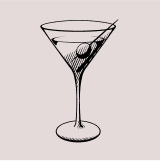 |
|
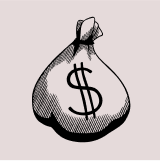 |
|
 |
| ‘All-In’ for Trump |
| On the Silicon Valley billionaires cutting checks for 45. |
| TEDDY SCHLEIFER |
|
 |
|
|
|
|
|
 |
|
|
|
Need help? Review our FAQs
page or contact
us for assistance. For brand partnerships, email ads@puck.news.
|
|
You received this email because you signed up to receive emails from Puck, or as part of your Puck account associated with . To stop receiving this newsletter and/or manage all your email preferences, click here.
|
|
Puck is published by Heat Media LLC. 227 W 17th St New York, NY 10011.
|
|
|
|










